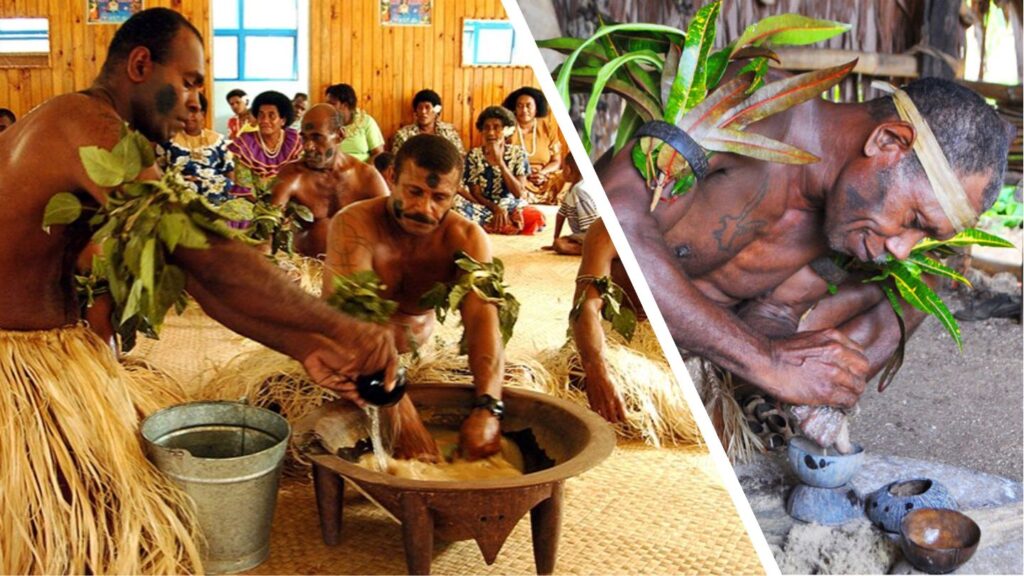
Though all kava in Fiji comes from noble varieties, it’s the Waka Kava strain from Fiji that is usually the one you can buy in Australia. It is known as being the top one of the “heavy” varieties. By that, I mean it is the one to drink if you are looking to relax your body without being highly euphoric. This relaxing effect comes about from the kavalactones in the Waka roots powder. Hence, this makes it ideal for people for social occasions. After all, that is when we want to be relaxed. As a side note, people also use the relaxing body effect for medical and health benefits.
Notwithstanding that, the kava landscape is ever-changing when it comes to the availability of different strains. A recent newcomer to the Fiji kava scene is a blend of high-grade cultivars – Fiji Harmony Kava. With a leaning towards euphoria, it also acts as a great relaxant. In essence, it’s an excellent social tonic for get-togethers with friends or family.
They range from the “heady” to the “heavy” varieties (although none are as ‘heavy’ as the Waka from Fiji). In brief, the following types from Vanuatu are the most popular and strongest strains in Australia:
Kelai Kava – From Epi Island. This boutique kava cultivar is on par with the heady qualities of Melo Melo.
Melo Melo Kava – Straight from Pentecost Island in Vanuatu.
Borogu Kava – Comes from three of the major provinces in Vanuatu – PENAMA, SHEFA and SANMA. Borogu is easily the most popular of Vanuatu kava types within Vanuatu. In fact, it is this variety which is commonly found in the majority of nakamals. This is mainly because of its quicker yield time and size. This means that the kava growers get a better return on the use of their land and on their labour. So, they grow lots of it. It’s also an excellent all-round kava. Most kava types land in either the “heady” or the “heavy” camp. However, Borogu is a lovely balance of both. It gives a nice euphoric buzz coupled with a relaxing body effect.

One of the best aspects of drinking kava is its ability to help you wind down after strenuous activity like a gym workout, catching a few waves of after a run or .. after a stressful day. To this end, you can now buy the best Vanuatu kava in blended form. This is one which has taken the best Vanuatu cultivars and blended them to provide that perfect recipe for when you just want to wind down and relax your muscles and mind. The name of this particular kava is Vanuatu Natural and can be obtained from here.
Whilst we understand that the greatest rivalry between kava-producing countries appears to be that between Vanuatu and Fiji, we must accept the reality that Tongan Kava is the biggest exporter of kava to Australia! In fact, nearly 50% of all kava imports into Australia are from Tonga. Now that premium Tongan Kava is available in Australia in the form of Moana Premium Kava, the competition has become intense! As it happens, the reliability of supply from Tonga can often be an issue so if your ever see that it’s available, you should grab it while you can at Tongan Kava.

Finally, there’s Instant Kava. Fiji doesn’t have the capacity to produce it whereas Vanuatu does. It is made by dehydrating fresh green kava juice which then forms a very fine powder. This often referred to as the “10-second kava” because it only takes that amount of time to prepare it.
One of the beauties of Instant Kava also is that it’s the ideal mix for preparing Kava Cocktails and Smoothies. Check out some of our Kava Recipes here. Finally, it’s an unfortunate situation that some so-called instant kava available here in Australia is simply micronised root powder – unpleasant to drink and not as effective as the real stuff. All our recommended kavas are fully certified as being of noble variety. So, please be aware of the difference.
“The best kava?“ is an interesting question. That’s because the answer is entirely subjective, depending upon your kava drinking experience and personal tastes.
Moreover, there are other factors in play here. To me, what constitutes “the best kava” comes down to what YOU like and what likes YOU! That said, it pays to be aware that not all kava strains are the same.
For instance, some will give you a high level ‘buzz’ – a feeling of euphoria. Others will give you more of a body ‘stone’ while others will be a balanced mix of the two.

There there is the matter of individual metabolism. Different metabolisms may result in different levels of the effects felt, for example. Most importantly, you should only ever drink noble variety kava (more explanation on this below).
Either way, noble variety kava is a root plant with its proper name being Piper methysticum. Furthermore, it is thought that the name Kava derives from the Tongan language meaning “bitter”.
You may not be aware that it’s only the root of the plant that’s used to make kava powder and for drinks. Consequently, different parts of the root are used for different purposes.
For instance, it’s good for you to know some of the methods used for the preparation of kava in Fiji.
There they use the lateral root – Waka and the main root, Lawena. Because Waka Kava has a much higher kavalactone content than the Lawena, Waka Kava is more potent and has a bitter taste.
Also, did you know that the effects from Kava are due to the kavalactones? These are a lactone compound that are responsible for creating the psychotropic effects of Kava drinks. And so it is that these kavalactone compounds make for the best kava. Therefore, people usually measure the potency of Kava based on its kavalactone content.
More on this subject can be seen in this article – “The Best Kava in Australia”

Now that you understand the “what is kava” question, we can look at its origins. Specifically, it comes from the Pacific Islands. And in particular, the following countries:

Anything other than noble variety kava shouldn’t normally be consumed. Although wild kava is sometimes used for medicinal purposes by indigenous Ni-Vanuatu, we recommend that you, the reader, stay away from it.

Here’s a great explanation from Australia Kava Shop of what exactly is meant by ‘wild kava: “Wild Kava is commonly known as Tu Dei (Two Day) or Isa, is a quick yielding kava variety. In the past two decades of kava research it is generally understood that these varieties are unsafe for drinking. They are normally high in the DHM and DHK kava lactones which can be traced to some hepatoxic issues. It is called Tu-Dei (Two Day) kava as it is known to give you a kava hangover for up to 2 days.”
Our final recommendation on this topic is that you should always ensure that the kava that you buy online is certified. If it is, this will guarantee the quality of what you are buying.

Next, we look at how people prepare it. For instance, in the Pacific Islands, they still use Kava root.
However, as you may already know, in Australia and other western countries, Kava powder is the main form. What follows are some examples of different Kava preparation.
In Fiji, Kava is usually prepared as part of the Yaqona ceremony where an MC (master of Ceremonies) uses dried Kava root and grinds it into a pulp. Additionally, they may strain it through a traditional strainer bag as well or knead the mixture. After that, they add water and the kava usually is normally mixed in a large bowl. Ultimately, the kava drink is then distributed to the ceremonial group wherein each person takes a drink.
Hand-selected and expertly harvested, the premium kava grown is the Leka Hina kava variety. During preparation, roots undergo a rigorous process that includes sun-drying and stone grinding to preserve the plant’s beneficial properties. This precise approach ensures that the kava maintains its potency, flavor, and unique characteristics.
As we know from experience, in Vanuatu, the process differs slightly. That is, traditionally, they cut the root, and break it into small pieces. Then, as we have seen, children or young women chew the root and spit it into a bowl. Also, it is often then mixed with coconut water or coconut milk.
By chewing the root, the active ingredients of the Kava (kavalactones) are released. Once the root mixes with the water or milk, they strain and squeeze it. To top it off, they dilute it with clean water and serve in a coconut shell for drinking.
People use Kava for various reasons such as a recreational drink (been there, done that!). However, it is also used as part of deep cultural ceremonies and traditions. Alternatively, others use Kava for wellness and to help with a variety of conditions.

In countries like Fiji, Kava is a ceremonial drink where the Kava ceremony in Fiji is a fabulous thing to witness. A ceremony leader gives Kava to participants sitting in a circle. Then each participant takes turns to empty a bowl of Kava. Also, it is a mark of disrespect if you refuse a drink.
Although the Kava ceremony in Fiji is the best-known example, other Pacific Nation countries have their own ceremonies and traditions too.
For instance, one of the traditions in Vanuatu is the use of certain kava strains for ceremonial occasions. The noble variety Melo Melo is is one such strain.

As we do, throughout the world, people enjoy Kava as a social drink. Also, the effects that Kava instils are something people enjoy. As such, it often replaces alcohol as a safer social tonic without the negative side effects of a hangover.
In fact, these days there are more and more people turning to kava cocktails as their alternative drink of choice (such as these delightful kava recipes).
People drink Kava at bars (in Vanuatu these are known as “nakamals”). There, friends will gather to enjoy Kava together. Moreover, drinking kava is a very social thing that helps relaxation and often creates a pleasant sense of euphoria.
So, whether you want Instant Kava, Tonga Kava, Vanuatu Kava or Fiji Kava, you can buy the best kava online via the various links on this site.

Contents

Kava is a plant-based beverage originating from the South Pacific. For centuries, it has been used to promote relaxation and social bonding.
In recent years, kava has gained popularity in the United States. People seek it out for its natural calming effects, particularly for managing anxiety and stress.
With its growing availability, choosing the best kava product can feel overwhelming. This guide will help you find the top kava options for anxiety relief.
Kava, scientifically known as Piper methysticum, is a tropical plant native to the South Pacific islands. Its roots are traditionally used to prepare a ceremonial drink that has been a cornerstone of Pacific Island culture for thousands of years.
The name “kava” translates to “bitter” in many Pacific languages, reflecting its earthy and slightly astringent taste. The plant belongs to the pepper family, and its roots are the source of its active compounds, known as kavalactones.
Kava is primarily consumed for its calming and sedative effects, which are attributed to the kavalactones. These compounds interact with the brain’s neurotransmitters, particularly GABA (gamma-aminobutyric acid), to reduce anxiety and promote relaxation.
In the United States, kava is available in various forms, including:
Kava has become a natural alternative for those seeking to manage stress and anxiety without relying on prescription medications. Its non-addictive nature and long history of safe use make it an appealing choice for many.
Despite its benefits, it is important to choose high-quality kava products and use them responsibly. Always opt for noble kava varieties, as these are considered safer and more effective than other types.
Kava contains compounds called kavalactones. These interact with the brain’s neurotransmitters to promote relaxation.
Unlike prescription medications and alcohol, kava is non-addictive and doesn’t impair cognitive function. It provides a natural way to unwind after a stressful day.
Regular use of kava can support overall mental well-being. Many people find it helpful for managing social anxiety, work stress, and insomnia.


Not all kava products are created equal. Here are some essential factors to consider when making your choice:

Art of Kava is known for its premium kava powders. Their products are sourced directly from Pacific Island farmers.

Kalm with Kava offers a wide range of kava products, including powders, capsules, and extracts.

Koa Kava specializes in noble kava varieties. Their mission is to make high-quality kava accessible to everyone.

Drink Root focuses on ready-to-drink kava beverages. They provide an alternative for those who prefer not to prepare kava themselves.
To get the most out of your kava experience, follow these tips:
Is Kava Safe?
Kava is generally safe when used responsibly. Its safety largely depends on the type of kava and consumption habits. Opt for noble kava varieties, which are specifically cultivated for their safety and effectiveness. Avoid excessive consumption to prevent potential liver strain. Pregnant and breastfeeding women, as well as individuals with liver conditions, should consult a healthcare provider before using kava.
Can Kava Replace Prescription Medications?
While kava offers significant anxiety-relieving benefits, it is not a replacement for prescription medications or professional therapy. Its primary role is to act as a supplemental aid for mild to moderate stress and anxiety. Individuals with severe anxiety or those on medications should always consult a healthcare provider before incorporating kava into their routine to avoid potential interactions.
How Long Does Kava Take to Work?
Kava’s effects typically begin within 20-30 minutes of consumption. The onset and duration depend on factors like the product type, dosage, and individual tolerance. For example, micronized kava and liquid extracts often work faster than traditional kava preparations. The effects can last anywhere from 2-6 hours.
Does Kava Have Side Effects?
Potential side effects include:
Stick to recommended doses and avoid combining kava with alcohol or other sedatives to minimize risks. Purchasing from reputable brands ensures you’re consuming high-quality, safe products.

Kava, scientifically known as Piper methysticum, is a tropical plant native to the Pacific Islands, particularly Vanuatu, Fiji, Tonga, Samoa, and Papua New Guinea. The term “kava” typically refers to both the plant and the beverage prepared from its roots. For centuries, kava has played a significant cultural, medicinal, and social role in the lives of Pacific Islanders. Its name, derived from the Polynesian word for “bitter,” reflects its earthy and slightly pungent taste.
The Kava Plant
The kava plant is a member of the pepper family (Piperaceae). It thrives in warm, humid climates and is typically grown in fertile, well-drained soils. The plant itself is a shrub, reaching heights of up to 3 meters, with heart-shaped leaves and small flowers. However, it is the plant’s roots that are of primary interest, as these contain the bioactive compounds responsible for its effects.
There are numerous kava cultivars, each with varying potency and flavor profiles. These cultivars are generally categorized into two types: noble kava and non-noble kava. Noble kava is preferred for consumption due to its smoother effects and reduced likelihood of adverse reactions, whereas non-noble varieties are primarily used for medicinal purposes or other non-ceremonial contexts.
The Active Compounds: Kavalactones
The psychoactive and medicinal properties of kava are attributed to a group of compounds called kavalactones. These compounds, found in the roots, interact with the central nervous system to produce effects such as relaxation, stress relief, and mild euphoria. There are six major kavalactones—kavain, methysticin, dihydrokavain, yangonin, dihydromethysticin, and desmethoxyyangonin—which together determine the plant’s potency and effects.
Kavalactones are lipophilic, meaning they dissolve in fat rather than water. This property influences how kava is traditionally prepared and consumed.
Preparation and Consumption
In traditional settings, kava is prepared by grinding or pounding the dried roots into a powder, which is then mixed with water. The mixture is strained, and the resulting liquid is consumed. The preparation process may vary among Pacific Island cultures, but the basic principles remain the same.
Modern methods of kava consumption have evolved to suit global markets. Kava is now available in various forms, including capsules, extracts, teas, and powders. These forms cater to different preferences and provide convenient alternatives for those unfamiliar with traditional preparation.
Kava is typically consumed socially, often during ceremonies or gatherings. It is also used in rituals to foster communication, resolve disputes, or honor guests. For many Pacific Island communities, kava is more than a beverage—it is a symbol of unity and cultural heritage.
The effects of kava are primarily relaxing, making it a popular natural remedy for stress and anxiety. It is commonly used to:


Promote Sleep: Due to its ability to relax the mind and body, kava is often used as a natural sleep aid. It is particularly beneficial for individuals with insomnia or difficulty falling asleep due to stress.

Enhance Social Interaction: In traditional settings, kava is consumed to promote a sense of community and ease social interactions. Its mild euphoric effects can help reduce social inhibitions without impairing cognitive function.
Risks and Precautions
While kava is generally considered safe when consumed responsibly, excessive or prolonged use can lead to adverse effects. The most common side effects include gastrointestinal discomfort, headaches, and dizziness. Chronic heavy use may lead to a skin condition known as “kava dermopathy,” characterized by dry, flaky skin.
Kava has also been associated with rare cases of liver toxicity, particularly when low-quality or non-noble varieties are consumed, or when kava extracts are made using harmful solvents. For this reason, it is essential to choose high-quality, noble kava products and consult a healthcare professional if taking kava alongside other medications.
Legal Status
The legal status of kava varies worldwide. In some countries, such as Fiji and Vanuatu, kava is a culturally significant and widely consumed beverage. In others, including parts of Europe, its use is restricted due to concerns over safety. However, as research continues to affirm its benefits and clarify its risks, attitudes toward kava are gradually shifting.
Conclusion
Kava is a plant deeply rooted in the traditions and daily lives of Pacific Island cultures. Beyond its cultural significance, kava offers a range of therapeutic benefits, from reducing anxiety and stress to promoting relaxation and social bonding. While modern science has begun to validate its traditional uses, responsible consumption remains key to harnessing its benefits safely. For those seeking a natural alternative to synthetic remedies, kava represents a time-honored option with a rich history and enduring appeal.
Kavalactones are the bioactive compounds in kava that give it its relaxing and anxiety-reducing properties. These compounds make up about 3-20% of the dry weight of kava root and are central to its effects.
Types of Kavalactones
There are six major kavalactones responsible for kava’s effects:
These kavalactones work synergistically to provide kava’s unique effects, which range from mild euphoria to deep relaxation.
How to Identify Kavalactones
Kavalactones are often listed as a percentage on kava product labels. Higher percentages generally indicate stronger effects. For targeted relief, look for products that emphasize specific kavalactones, such as kavain or DHK.
Visualizing Kavalactones
Understanding kavalactones can be easier with visual aids. Below are images representing the molecular structures of the primary kavalactones:


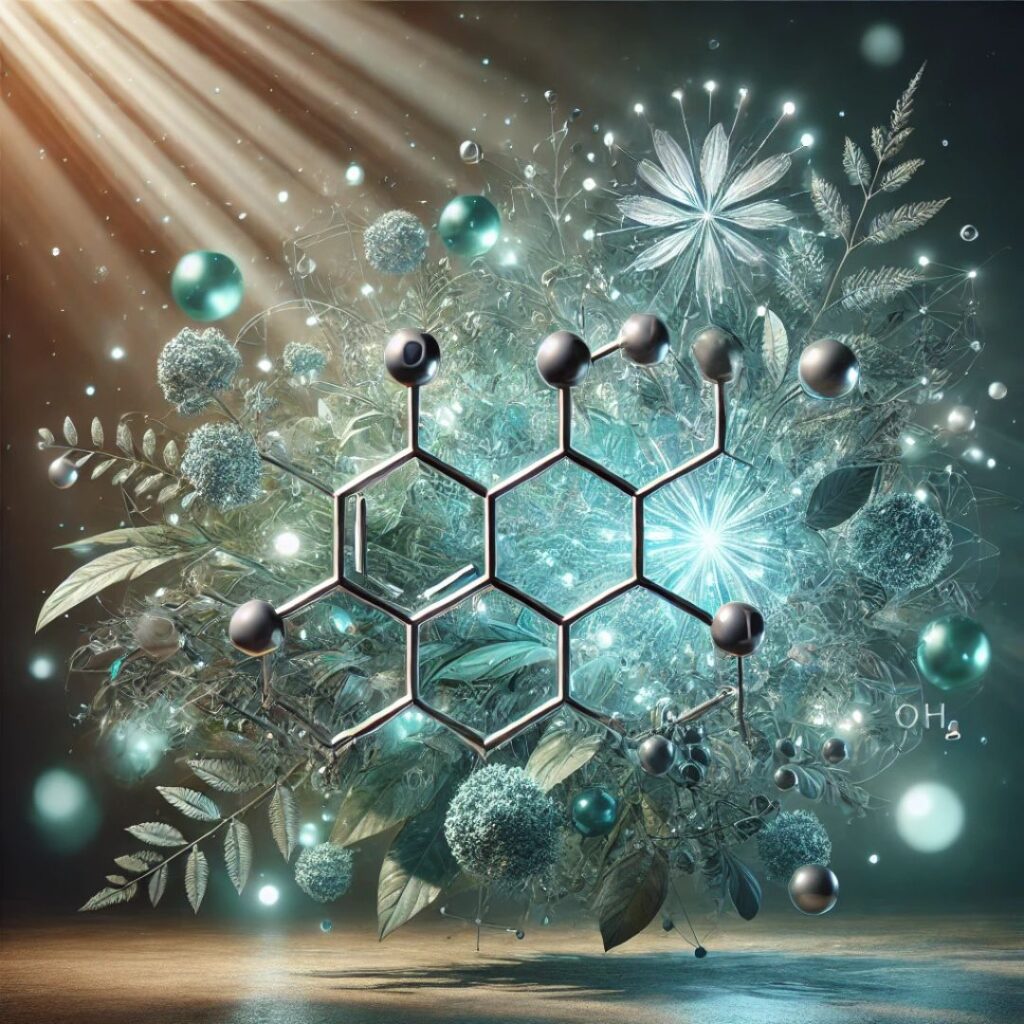
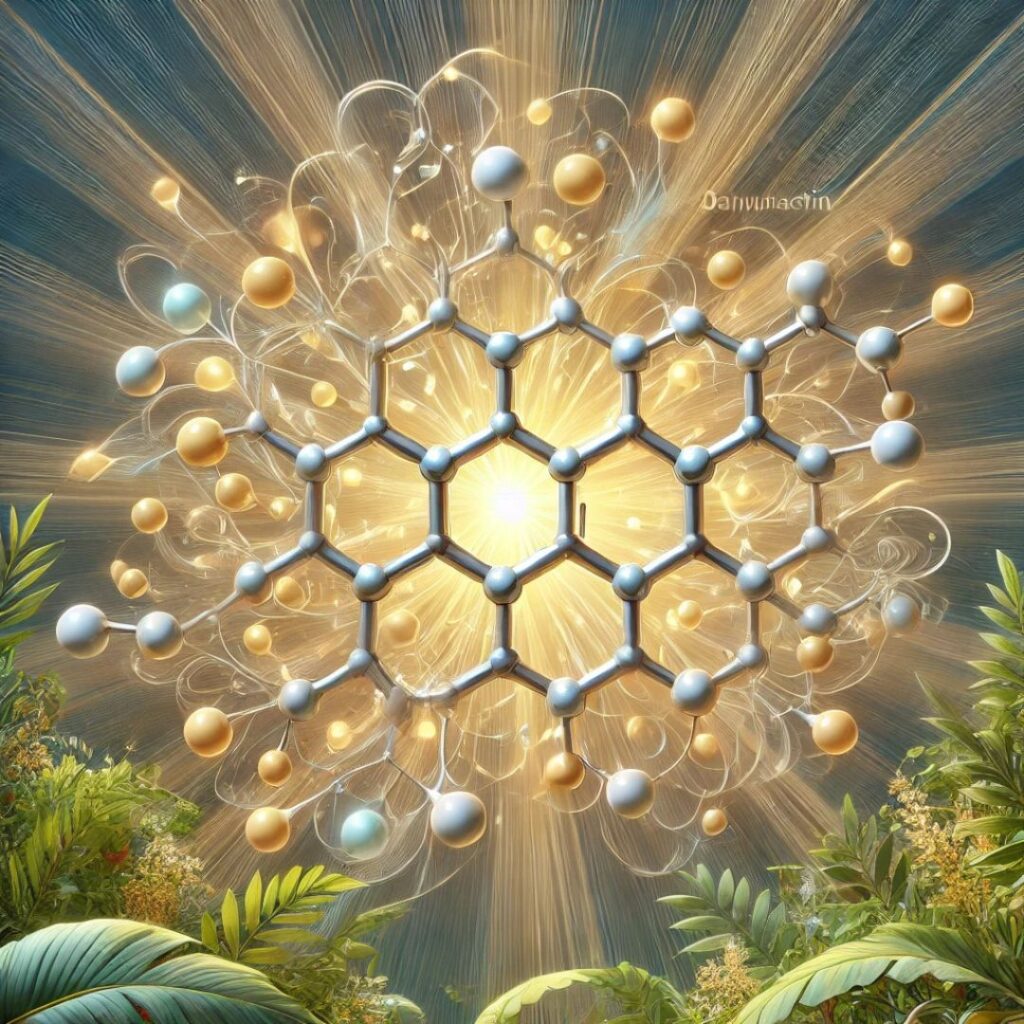


Each structure highlights the unique composition of these compounds, showcasing their role in kava’s effects.
By understanding kavalactones, you can better choose products tailored to your needs, whether for relaxation, mood enhancement, or stress relief.
Selecting the right kava product can greatly enhance your experience and ensure you achieve your desired outcomes. Here’s a closer look at the factors to prioritize when choosing kava:
Kava Quality
The quality of kava plays a crucial role in its effectiveness and safety. Noble kava varieties are preferred for their balanced effects and lower risk of adverse reactions. Avoid tudei kava, which can have more unpredictable and intense effects. Noble kava provides a smooth relaxation experience without impairing cognitive functions.
Preparation Type
Kava is available in several forms, catering to different preferences and lifestyles:
Kavalactone Content
The potency of kava is determined by its kavalactone content, typically listed as a percentage on product packaging. Higher percentages correlate with stronger effects. Beginners should start with lower kavalactone levels and gradually increase as they become accustomed to kava’s effects.
Flavor
Traditional kava has an earthy, somewhat bitter flavor that may be off-putting to some. Flavored options or mixing kava with juices and smoothies can make it more enjoyable. Experimenting with different preparations can help you find a palatable option.
Source
Ethically sourced kava not only ensures fair practices for farmers but also guarantees product quality. Reputable brands often provide information about their sourcing practices. Look for kava grown in Pacific Island nations, where the plant thrives naturally.
By considering these factors, you can make informed decisions and select kava products that align with your preferences and needs. This approach maximizes the benefits of kava while minimizing potential drawbacks.
Each of the leading kava brands has a unique history that contributes to its reputation and appeal. Here’s an exploration of their origins and what makes them trusted names in the industry.
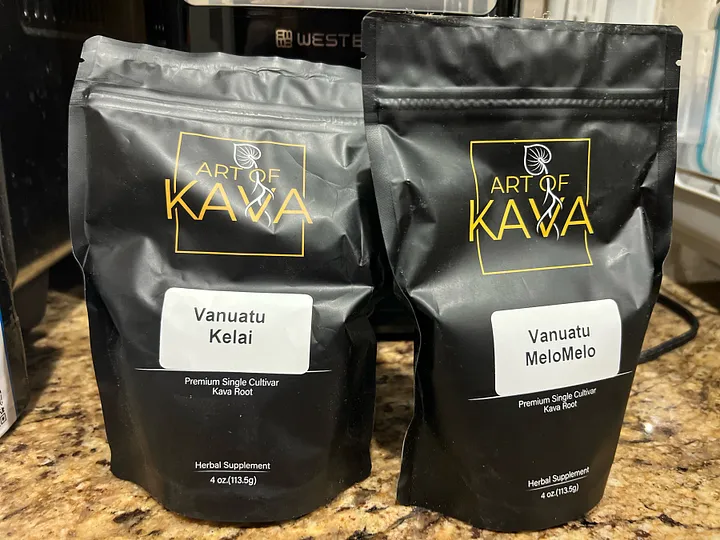
Art of Kava
Art of Kava was founded with a mission to bring the authentic Pacific Island kava experience to a global audience.
They work closely with small-scale farmers in Vanuatu, ensuring ethical sourcing and exceptional quality. The emphasis on purity and traditional preparation methods has earned them a loyal following among kava enthusiasts.
Their flagship product, “Premium Vanuatu Kava,” reflects their commitment to providing a smooth and genuine relaxation experience.
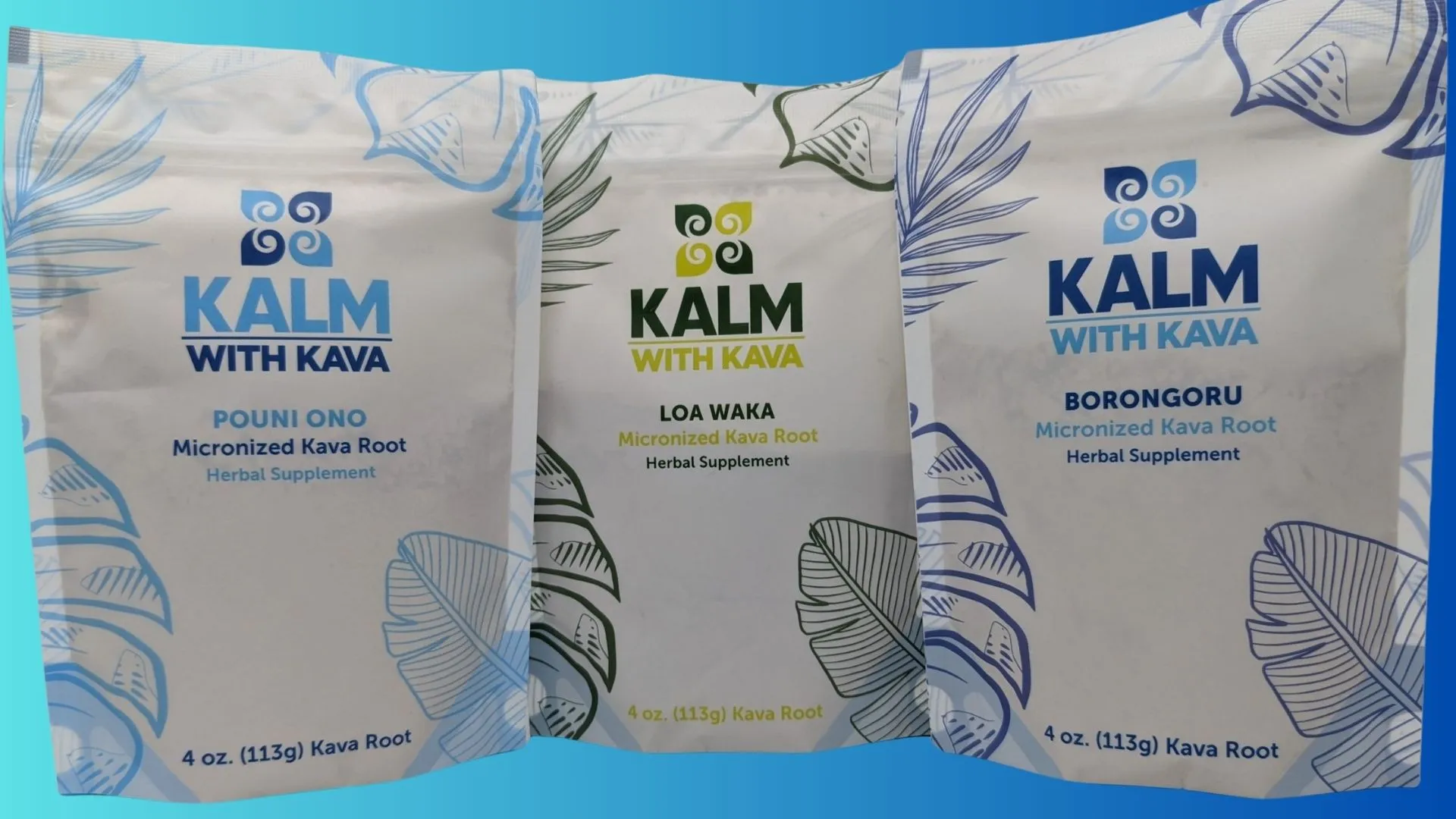
Kalm with Kava
Kalm with Kava is a pioneer in the U.S. kava community, offering a diverse range of products that cater to various preferences.
From powders to capsules and extracts, they’ve built their brand on reliability and versatility.
Their dedication to customer education and community engagement has solidified their status as a trusted name.
The “Micronized Kava Powder” showcases their ability to combine potency with convenience, making it a favorite among regular users.
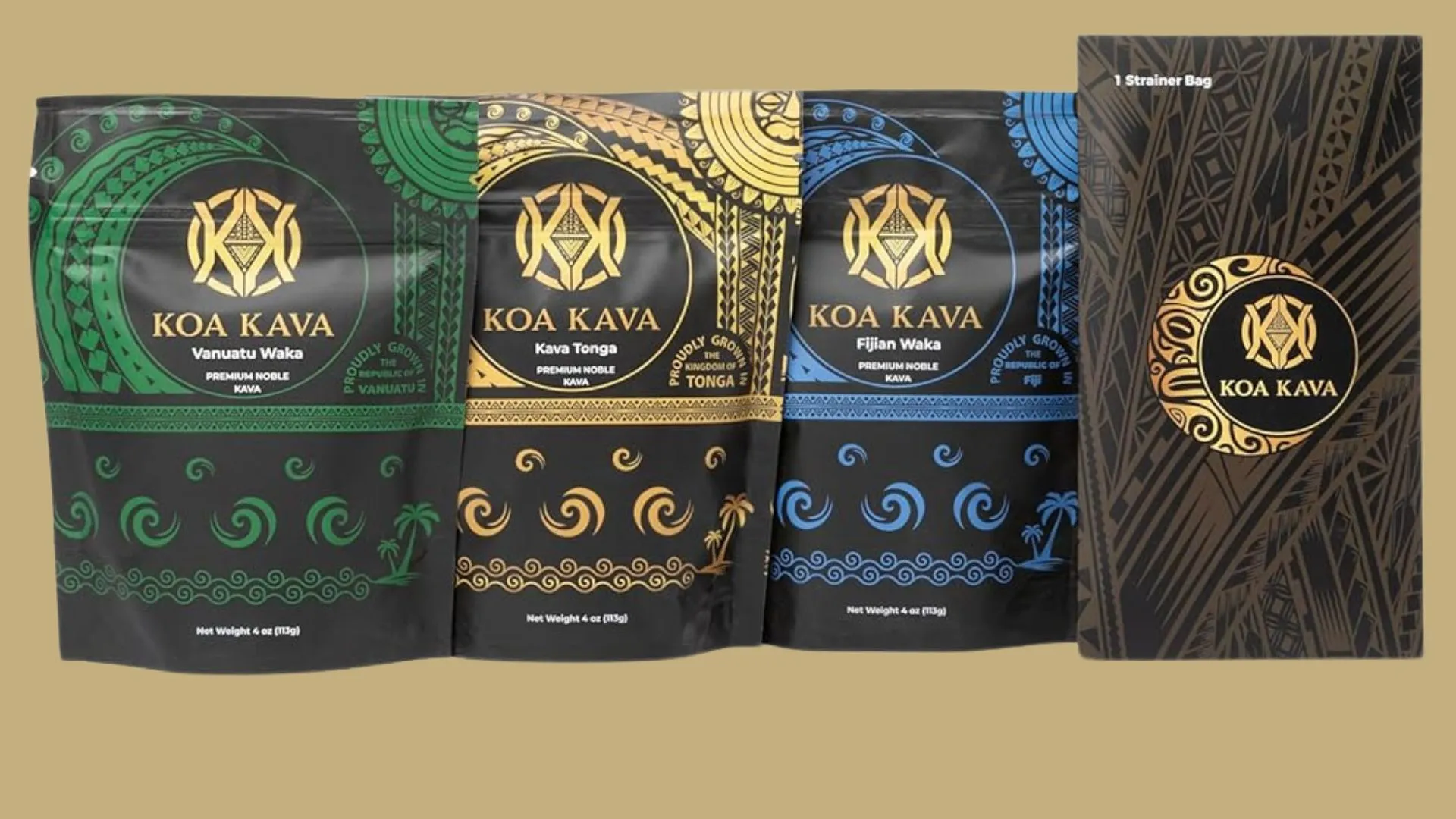
Koa Kava
Koa Kava emerged as a brand focused on making kava accessible to modern consumers.
Based in the United States, they combine Pacific Island traditions with contemporary convenience.
Their instant kava mixes are a testament to their innovation, allowing users to enjoy kava without extensive preparation.
By sourcing only noble kava varieties, Koa Kava maintains a high standard of quality while introducing new audiences to the benefits of kava.
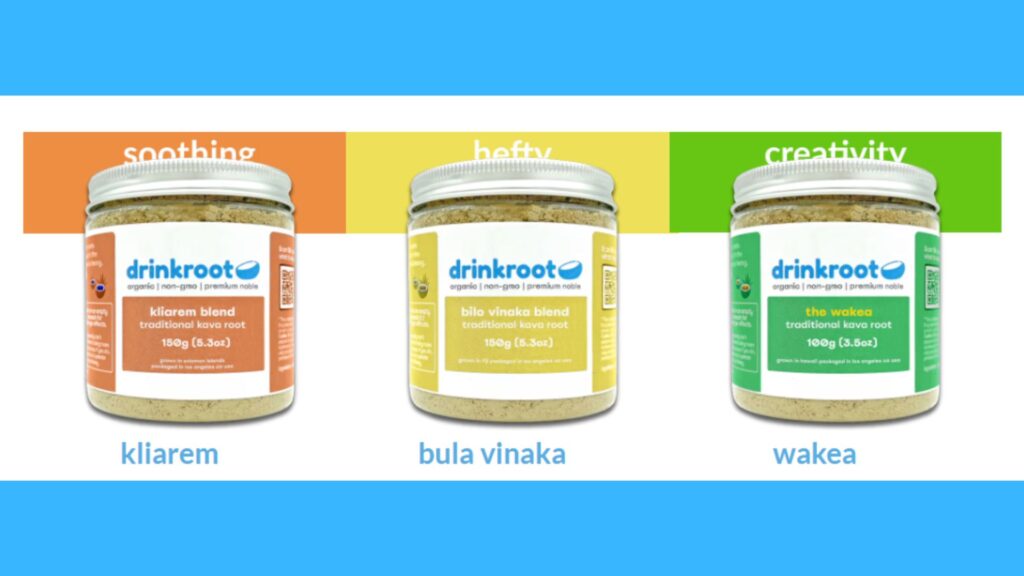
Drink Root
Drink Root was established with the idea of simplifying kava consumption.
Recognizing the growing demand for ready-to-drink options, they created a range of instant kavas that are both effective varied in strength.
Their partnerships with ethical suppliers ensure that every bottle delivers consistent relaxation.
Drink Root’s commitment to sustainability and quality has made them a standout choice for on-the-go kava enthusiasts.
Kava is a powerful tool for managing anxiety and stress.
In conclusion, when selecting the best kava for anxiety and stress relief, it’s essential to consider several key factors.
Prioritize quality by opting for noble kava, which offers an ideal combination of relaxation and mental clarity.
The preparation type also matters—whether you prefer powders, micronized options, or instant kava, choose one that fits your lifestyle.
Pay attention to kavalactone percentages, as higher amounts typically indicate stronger effects.
Don’t forget the flavor; while traditional kava boasts an earthy taste, it’s part of the experience.
Finally, ensure you source your kava from reputable brands committed to ethical practices.
By choosing high-quality products and using them responsibly, you can enjoy its many benefits.
Brands like Art of Kava, Koa Kava, Drink Root, and Kalm with Kava offer excellent options for every preference and lifestyle. Take the time to explore their offerings and discover what works best for you.
For more insights and guidance on your kava journey, check out our related resources offered by IKO (International Kava Organization), MDPI (Multidisciplinary Digital Publishing Institute) and Medicon Medical Services to enhance your understanding and enjoyment.
So, with the right kava, relaxation and peace of mind are just a sip away. Start your journey to stress-free living today!
Stay updated on the latest kava news, exclusive product reviews, and special offers by subscribing to our newsletter.